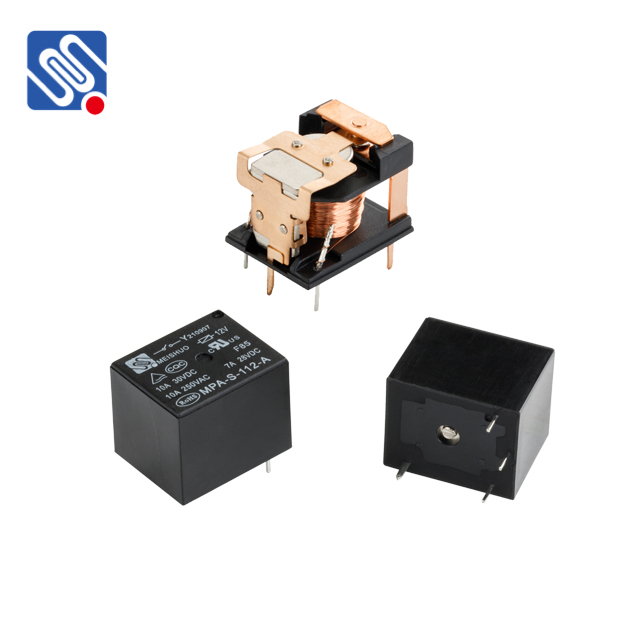A relay is an electrically operated switch that allows a low-power circuit to control a higher-power circuit. It has a wide range of applications, from controlling devices in industrial automation systems to home appliances. For engineers and designers, understanding the technical specifications of a relay is essential for selecting the right component for a given application. A Relay datasheet provides all the necessary information about a relay’s capabilities, limitations, and intended uses. This article will provide a detailed overview of the key elements typically found in a relay datasheet.

1. Relay Coil Voltage and Current One of the most critical parameters listed in the relay datasheet is the coil voltage and the corresponding coil current. The coil voltage is the input voltage required to activate the relay, and the current indicates how much current the coil draws during operation. This value is essential for designers because it determines what voltage should be applied to the control side of the relay (the coil side) to actuate the switch. A mismatch in voltage or current could lead to improper operation or even failure of the relay. 2. Contact Configuration The contact configuration is another important specification that is clearly outlined in the datasheet. There are various types of relay contact arrangements: